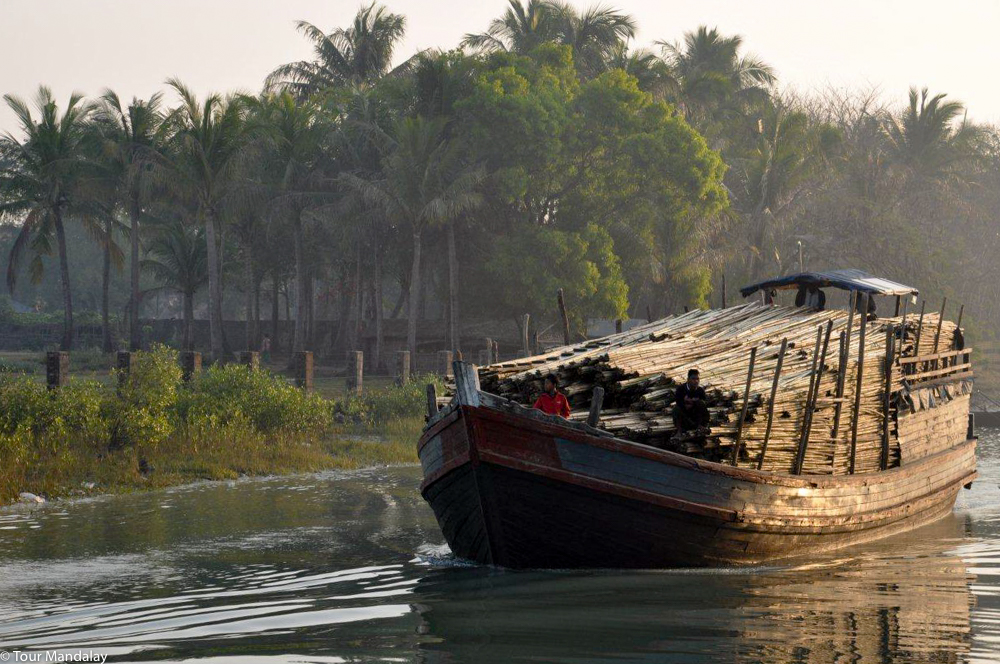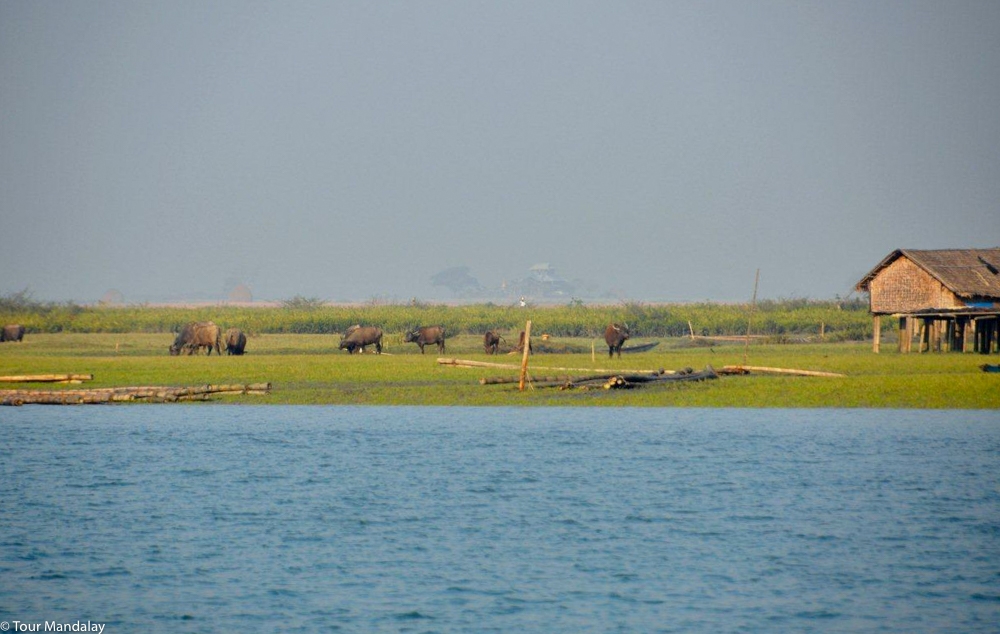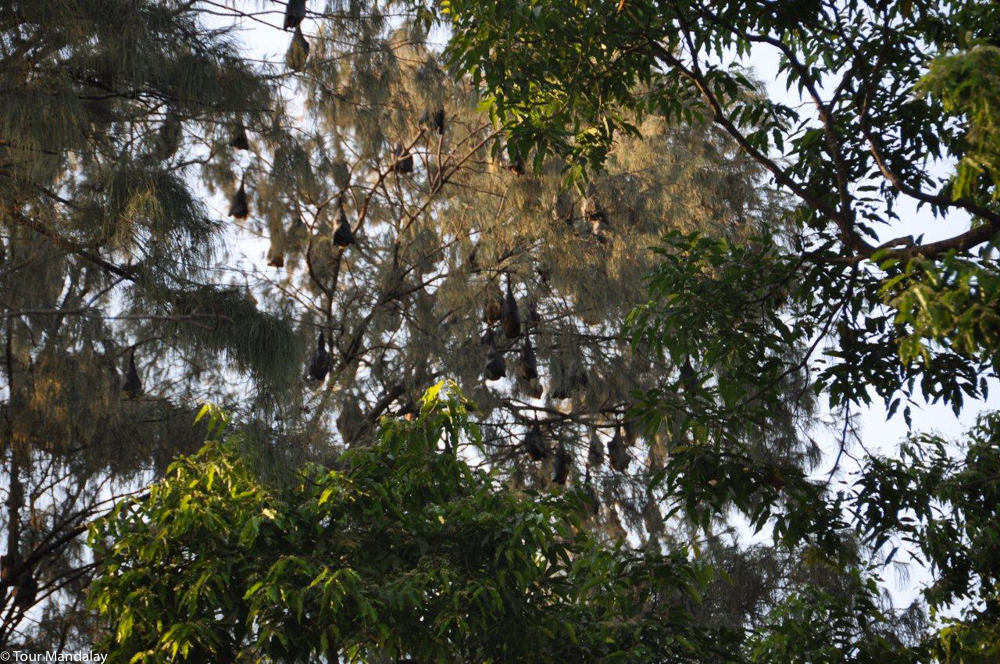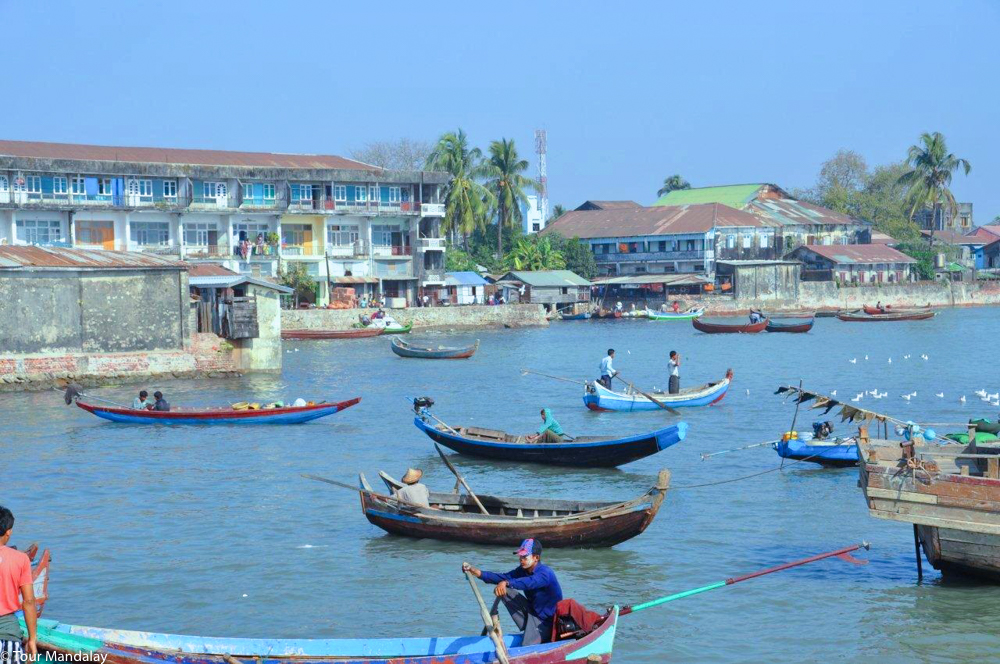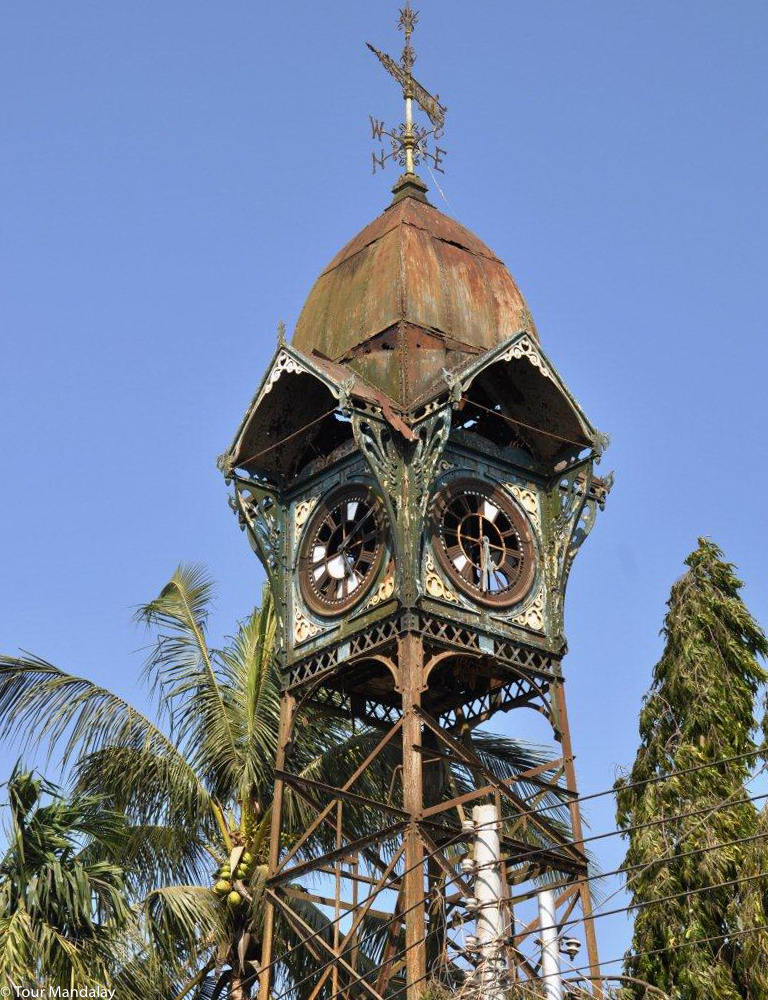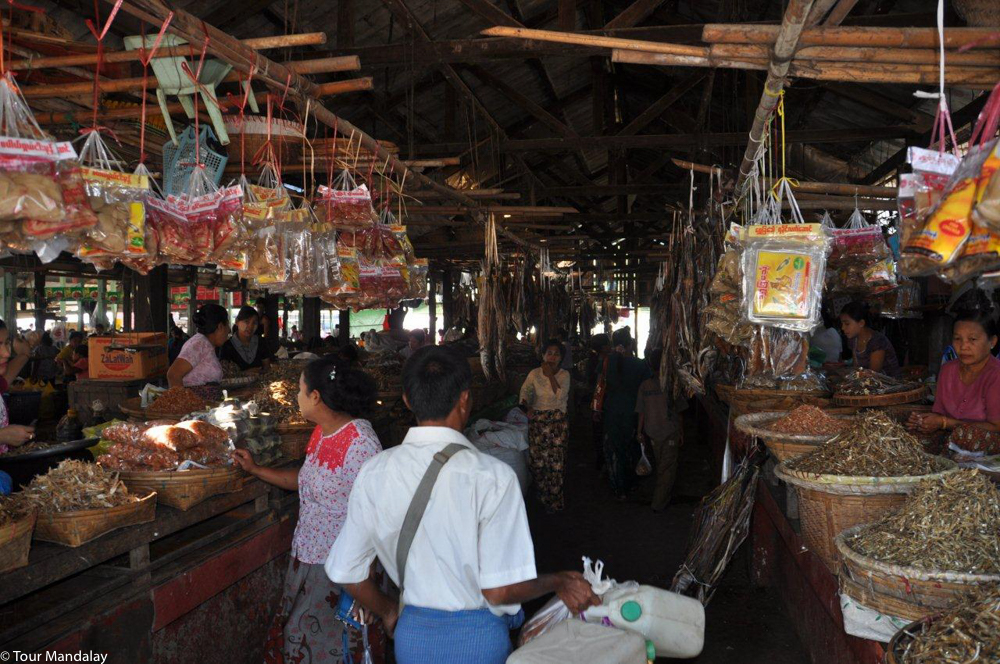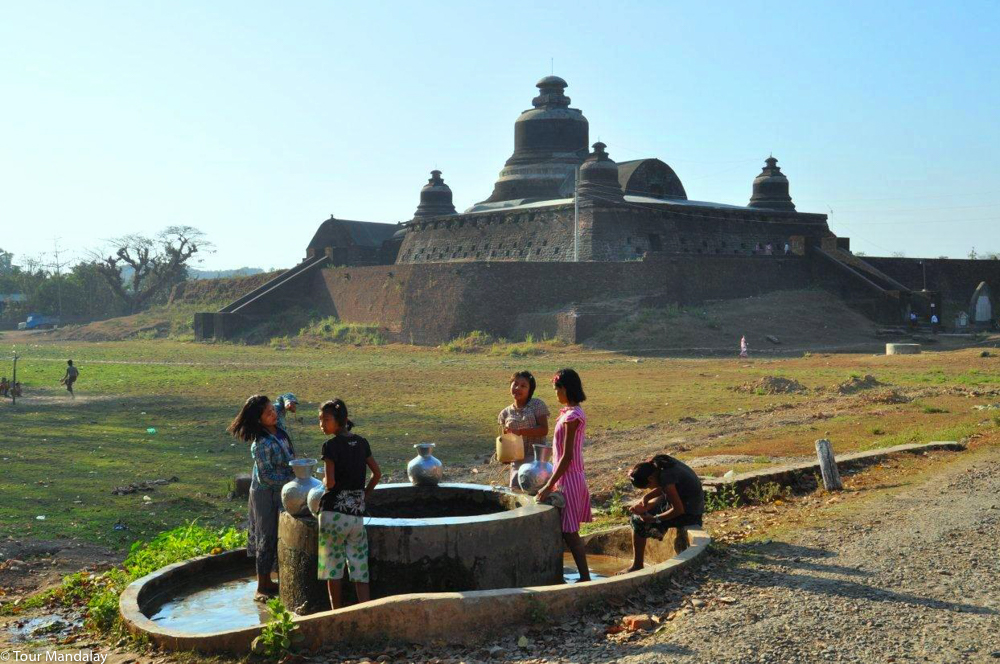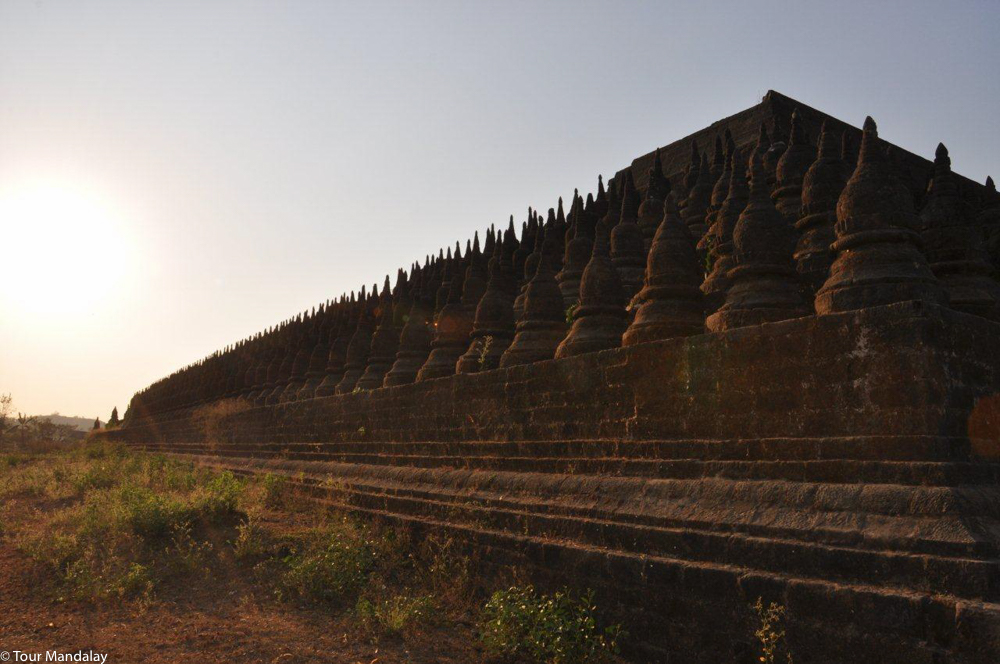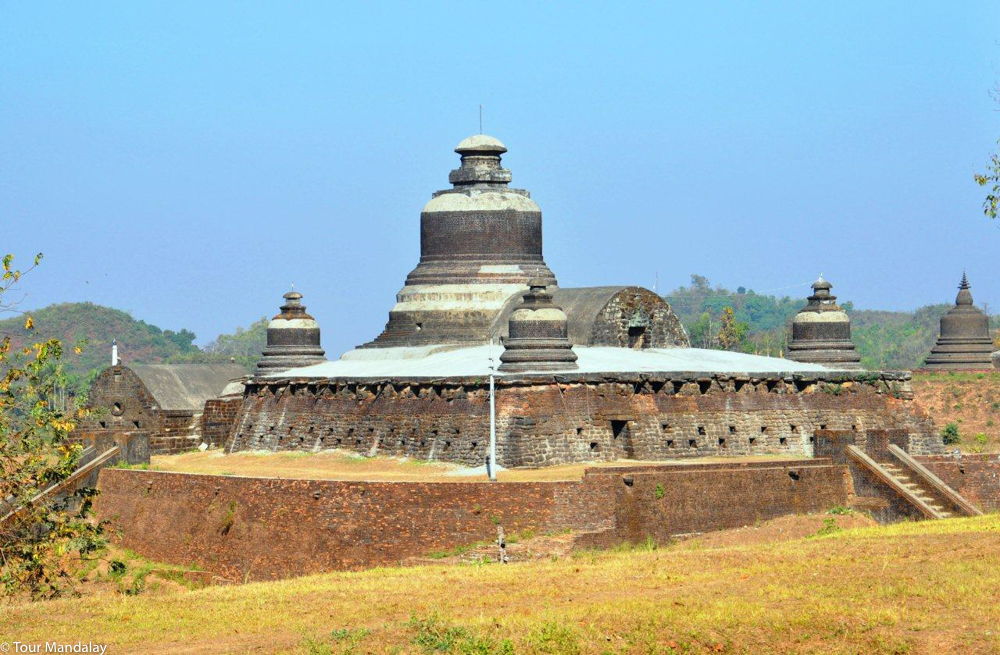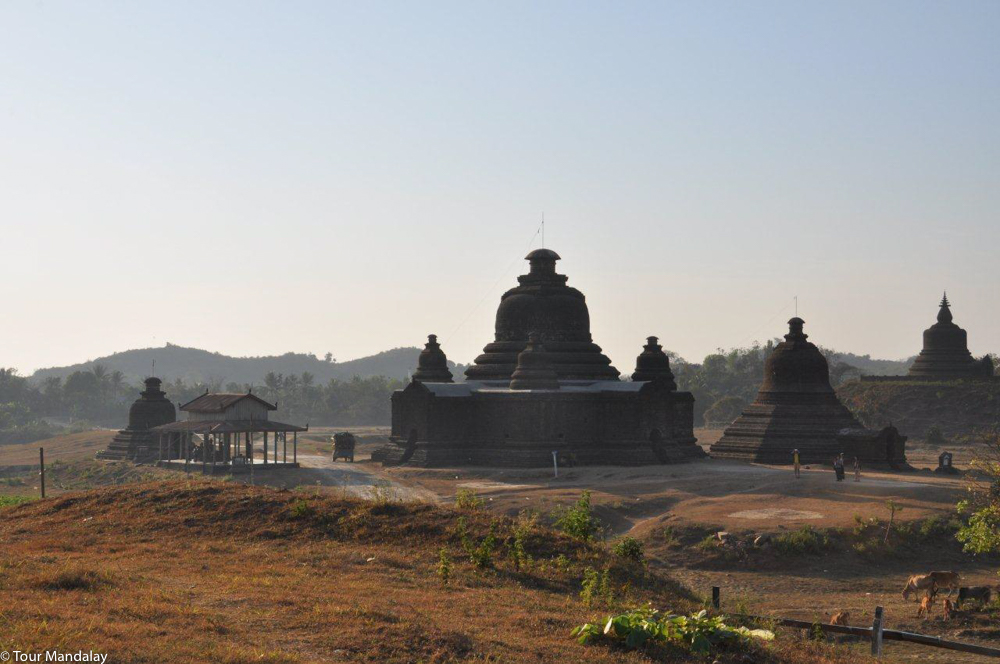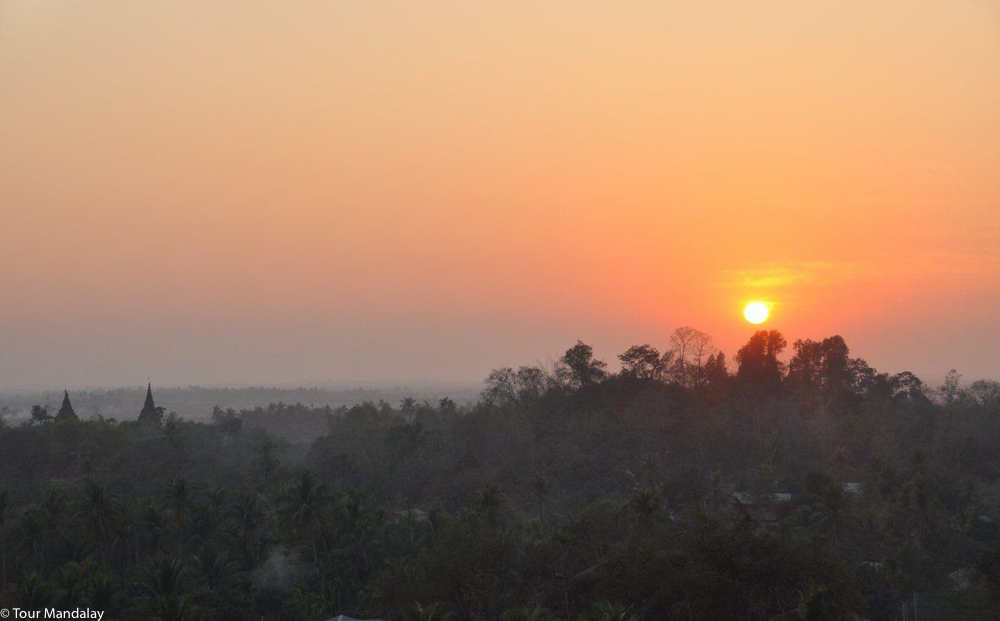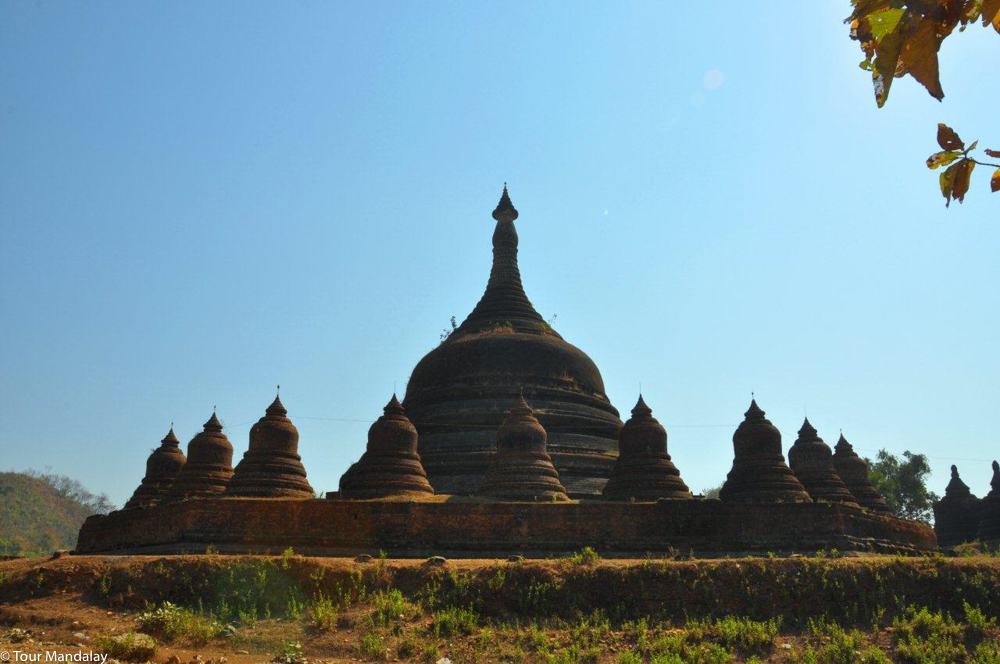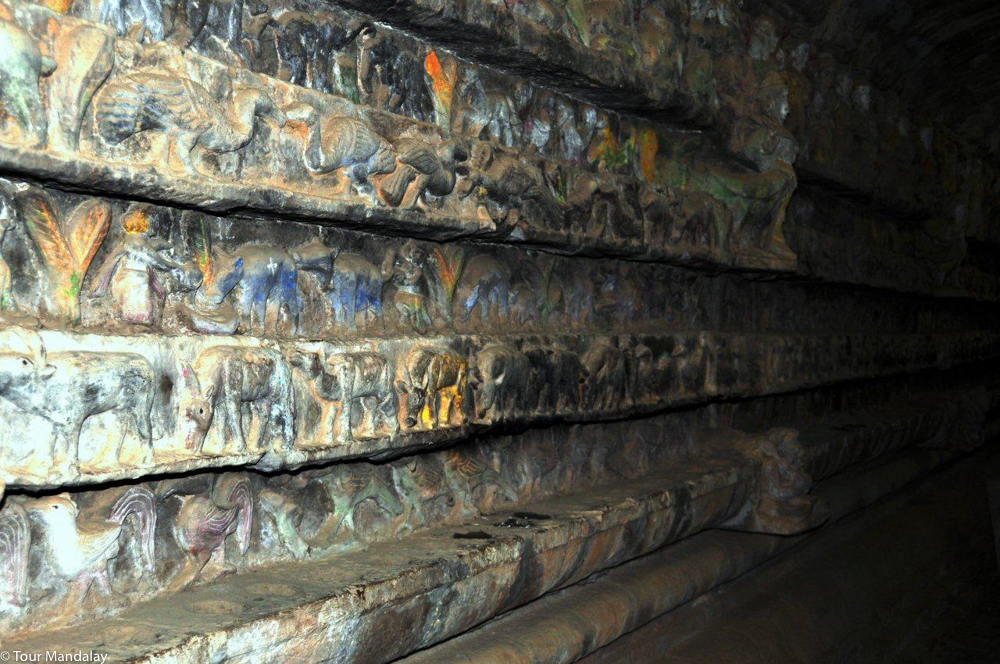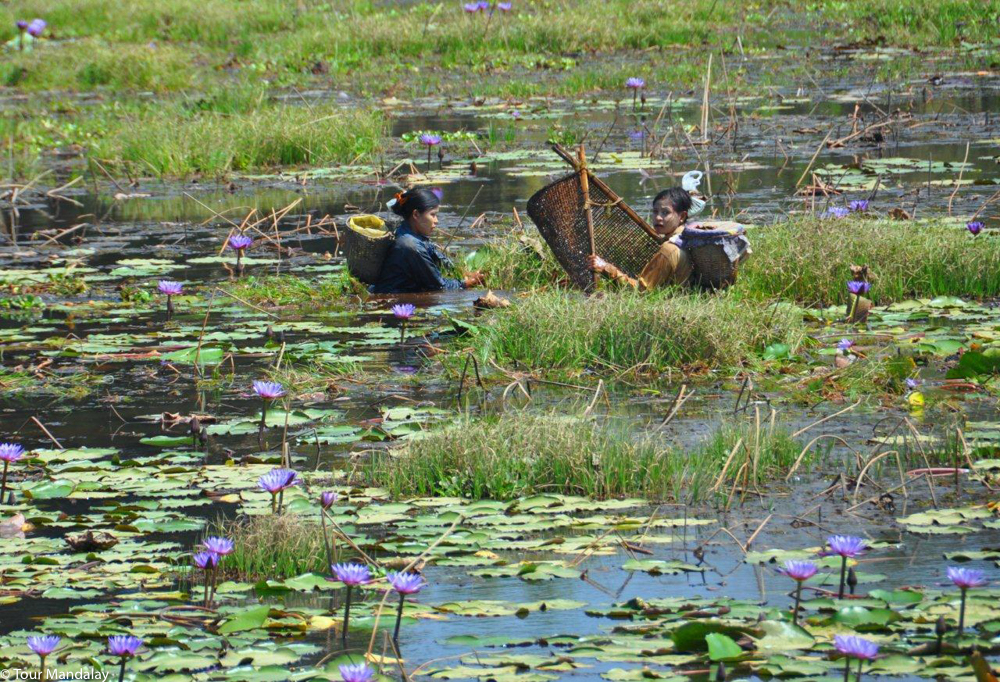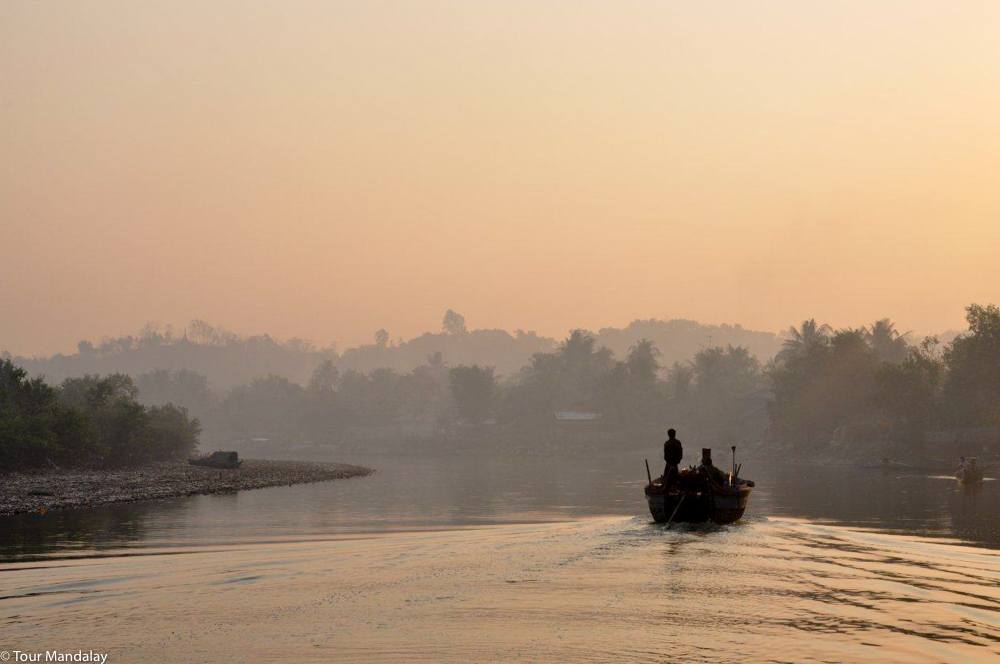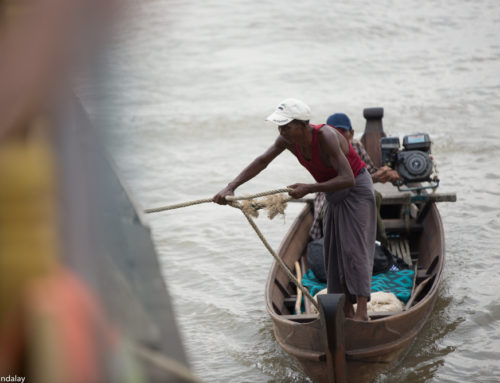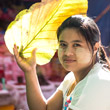Nowadays Mrauk U may exist as a small, sleepy town but during its heyday it was inhabited by over 160,000 people and considered one of the most prosperous cities in Asia. Thanks to lucrative trading with merchants from Spain, France, Netherlands, Portugal and the Middle East, the Kingdom of Mrauk U thrived until 1784 when it was conquered by the Burmese. In 1826, after the end of the first Anglo-Burmese War, the British moved the capital to the coastal town of Sittwe, which later became an extremely important maritime trade centre.
The Kaladan River, which for part of its course forms the international border between Myanmar and India, is still the most reliable form of transportation in the region. Due to poorly-developed road infrastructure, it remains a primary artery for the movement of people and goods. Its importance will be sure to grow upon completion of Kaladan Multi-Modal Transit Transport Project, which will link the seaports of Kolkata and Sittwe.
Depending on which boat you take, the journey from Sittwe to Mrauk U can take a little as three hours, or as long as six. With a fresh breeze and luscious green farmland either side of the river, this journey is a great way to relax and appreciate the truly remote nature of the region.
Before taking the boat from Sittwe to Mrauk U, our team spotted hundreds of bats resting in trees, with some protecting their territory and battling crows. Interestingly, this species is of bat is one of the largest in the world. They are commonly known as the fruit bats or flying foxes among other colloquial names.
The rusty clock tower topped with a wind vane, erected by the Dutch in the 18th century, is one of the oldest colonial remnants in Sittwe town. Although the tower is in a bit of a sorry state, we couldn’t help but admire its elegant yet imposing design. The back drop of palm trees also helped to enhance its regal charm.
With an abundance of stalls displaying freshly caught fish, numerous boat sheds and fishermen houses, it is clear to see that Sittwe’s fishing industry is just as thriving as it ever was. In fact, for us, it conjured up images from Hemingway’s ‘The Old Man and the Sea’.
A visit to Sittwe would not be complete without a stop at one of the bustling markets, the most popular being Central Market. Here you will get the chance to observe locals trading all kinds of wares.
In Mrauk U you can find an incredibly rich history interwoven with daily life; many of the daily chores for example such as drawing water, or laundry are carried out in the immediate vicinity of the historic temples.
Koethaung Pagoda is the largest temple in Mrauk U, but was built using bricks to save time.
Then you have Htukkanthein Pagoda, a massive fortress-like pagoda with its the interior interestingly depicting 64 of Mrauk-U’s traditional hairstyles.
Lemyethna Pagoda was built by King Min Saw Mon, the founder of the Mrauk U Dynasty. This is the oldest temple from the Mrauk U period and one of five pagodas originally built with the aim of bringing a sense of wealth and prosperity to the region.
Dominated by lush vegetation, coconut palm trees and silhouettes of long forgotten temples, the sunset from Haridaung Paya was unforgettable.
Ratanapon Pagoda is a great example of typical Arakanese design. During the World War II this pagoda was partially damaged due to bombing and extensive renovation was required.
Shittaung Pagoda, which literally translates as ‘The Shrine of 80,000 Images’, was built 500 hundreds years ago after the conquest of Bengal by King Min Bin. This is a great example of what happens when you mix the architectural styles of Buddhist Burma and Northern India.
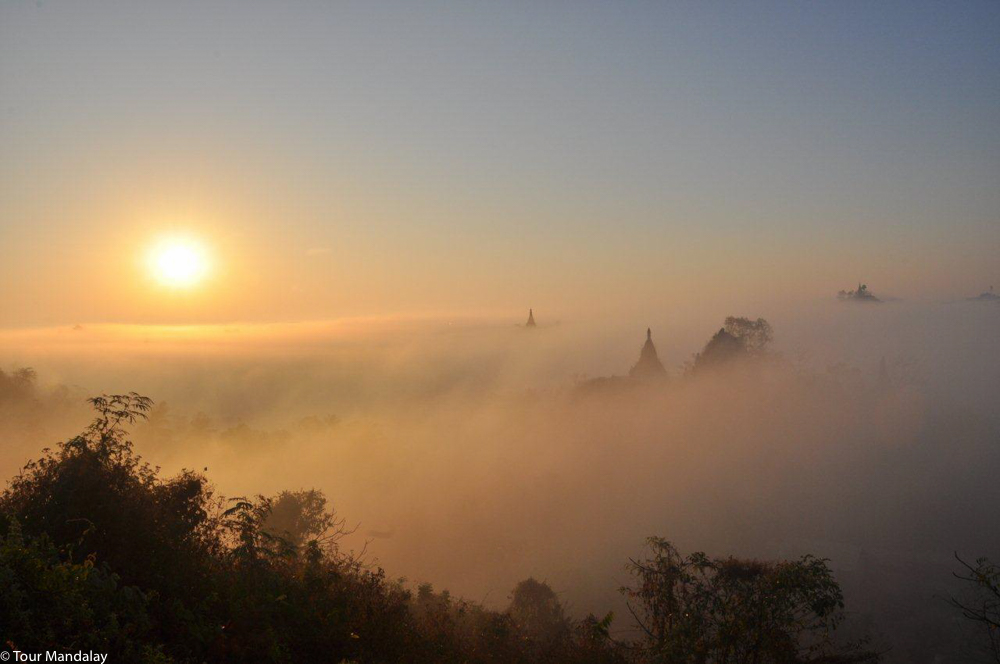
Surely one of the best experiences a trip to this region has to offer is an early wake, up followed by a short climb to the top of Shwe Mya Wah. Admittedly, getting up at 04:30 is not going to to appeal to most, but your efforts will be rewarded by one of the most breath-taking views the country has to offer.
With few home having access to running water, it is common to see inhabitants sourcing this essential resource using traditional methods.
On the way to the unrestored ruins of the former kingdom of Wethali, we passed a small pond dotted with lotus leaves and noticed local women wading through thick green patches of reeds.
On our return back up the river to Sittwe we witnessed another captivating scene, this time a lone boat drifting drifting slowly alongside the rising sun.

